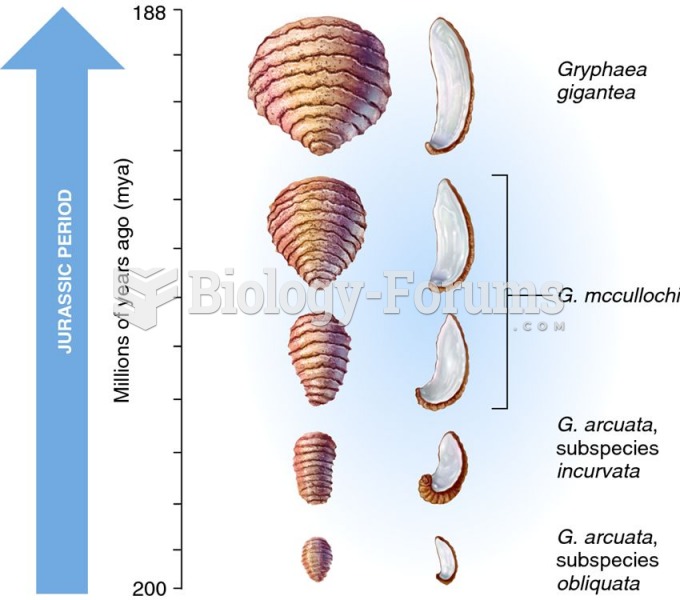One day when Gilligan was diving in the lagoon he came across a gigantic oyster. Gilligan loved raw oysters so he pried the mollusk from the rocks and hastily came ashore. When he pried open the oyster he was surprised to find a huge gray pearl.
Gilligan was thrilled at the sight of the large pearl and his immediate thought was to go and tell his friends about it. But then he reconsidered. To whom would he give the pearl? He thought it was pretty, but owning the pearl would not give him any satisfaction. When he thought about it, he realized that the Skipper, Mr. and Mrs. Howell, the Professor, Ginger and MaryAnn would all like to have the pearl. What should he do? He could not give the one pearl to all of his friends. Maybe he could find some more pearls. With this in mind he dove back into the lagoon and returned to the spot where he found the large oyster. Much to his surprise, barely hidden from view was a small colony of oysters. He pried each of them from the rocks and took them all ashore. Inside of each oyster he found a large pearl. Each pearl was as beautiful as the one that he had first discovered. When he had finished opening the oysters he counted his pearls. One, two, three, four, five. That's it five pearls. But that's not enough. He did not need a pearl for himself, but he had six friends and only five pearls. Gilligan thought about this problem at least an hour. He finally stood and threw all five pearls back into the lagoon. If everyone cannot have a pearl, then no one should have a pearl, he thought to himself as he watched the ripples from the pearls spread out across the lagoon. a. Define Pareto optimality. b. Was Gilligan's solution to his problem Pareto optimal? If so, explain why. If not, explain why not.
Question 2
The Happy Mountain Brewing Company sells ground organic coffee in one pound containers through several grocery chains in the US.
The firm has two divisions: the roasting division buys raw organic coffee beans and then blends, roasts, and grinds the beans, and the merchandising division packages and distributes the ground coffee. a. Please draw a carefully labeled figure that illustrates the optimal transfer pricing policy for the firm if there is no outside market and the firm is a monopoly seller (i.e., there are no other sellers of ground organic coffee). In particular, please show the optimal transfer price that is paid to the roasting division, the optimal retail price charged by the merchandising division, and the optimal amount of coffee sold. b. Suppose poor weather conditions in South American increase the price of raw coffee beans. How does this affect the marginal cost curve for the roasting division? Does this also affect the marginal cost of merchandising (packaging and distribution)? How do the optimal transfer price, retail coffee price, and quantity sold change due to this weather problem?







![Sander van Doorn & LVNDSCAPE - Need To Feel Loved (Nils Hoffmann Remix) [Official Audio]](https://biology-forums.com/gallery/48/medium_6_16_02_24_5_45_29.jpg)